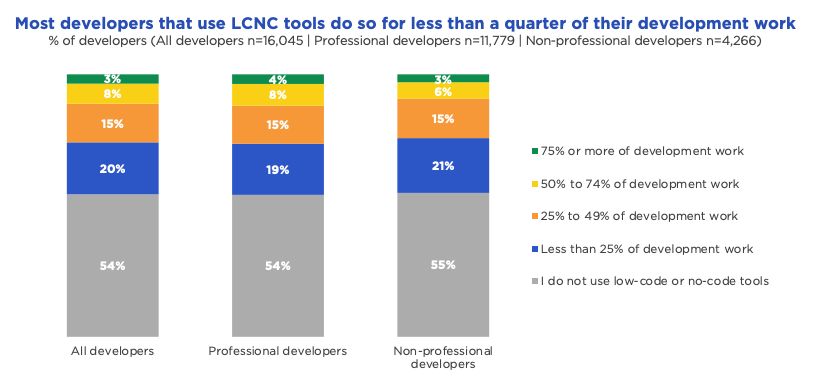A company used by 83% of the Fortune 500 is clueless about security. Scary. I’m talking about Atlassian, whose Confluence product was discovered to have a secret admin account with a hardwired password. It is worrying that any company would hire developers that could simply get the idea. It is more worrying that this got through code review. And it is very worrying that Atlassian doesn’t seem to have anyone who does a separate security review.
If you are an IT leader, take a look at your systems list. Make sure there is a name and a date in the “last security review” column for each and every system. If you have home-built systems without a separate security review by someone outside the development organization, you might be the next Atlassian.










